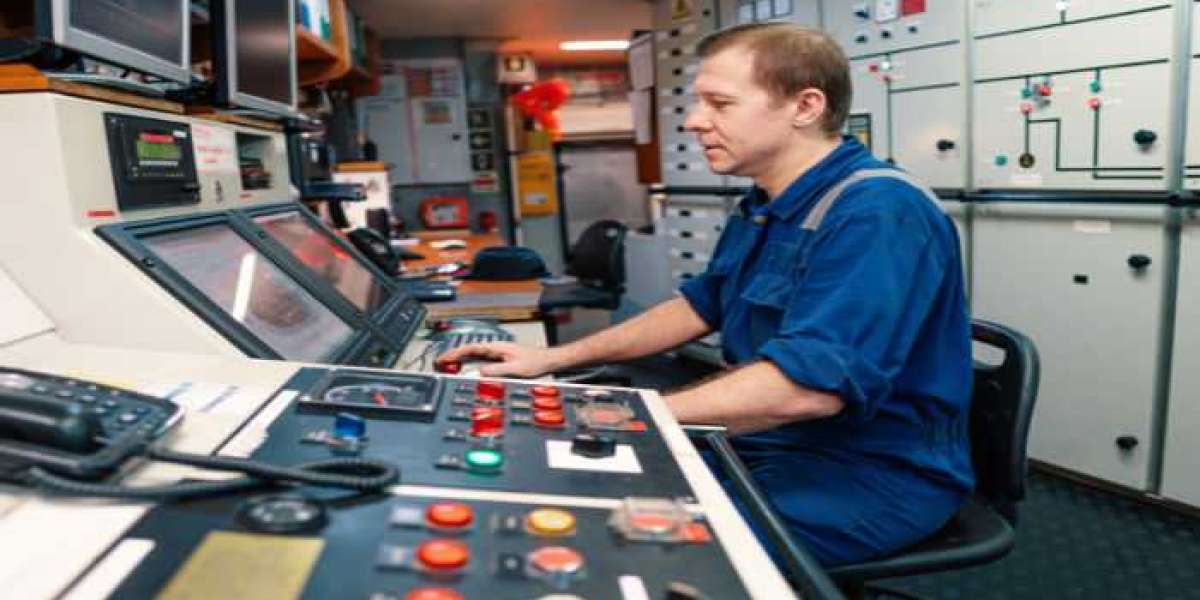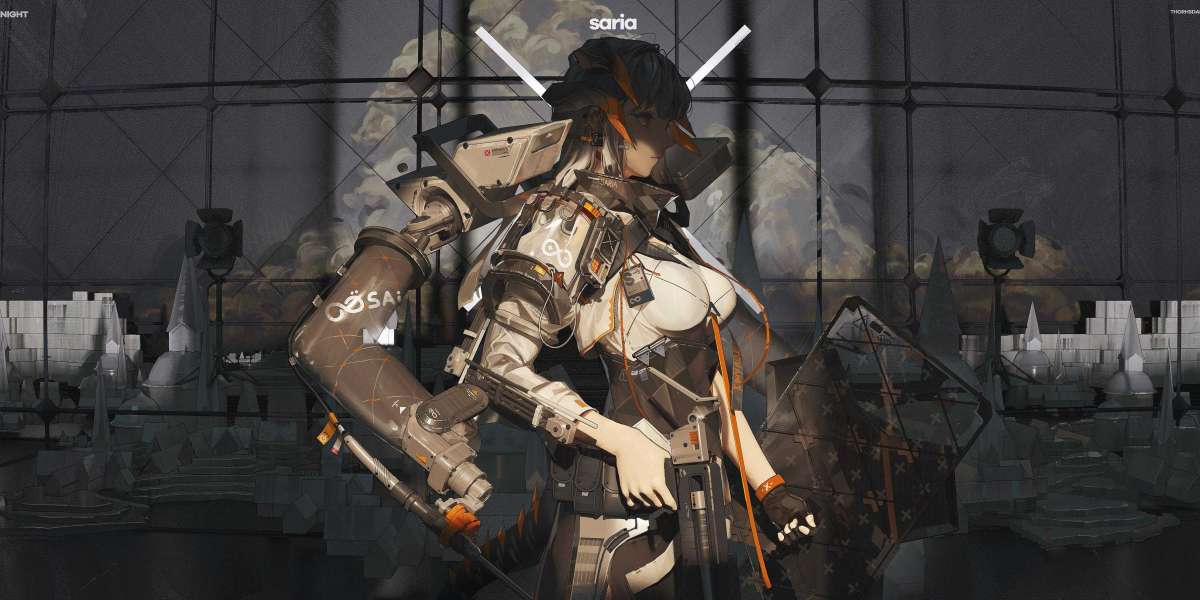India boasts a rich maritime history and a rapidly growing recreational boating industry. Whether you're a seasoned sailor navigating the vibrant coastlines or a first-time boat owner enjoying weekend getaways on calmer waters, understanding your vessel's heart – the marine engine parts – is crucial. Just like a well-maintained engine keeps your car running smoothly, familiarity with your boat's engine allows for efficient operation, timely maintenance, and confident troubleshooting.
This beginner's guide dives into the essential components and terminology associated with marine engines, empowering Indian boaters to navigate the world of marine mechanics with ease.
The Engine Block: The Foundation of Power
The engine block forms the robust base of your marine engine. Imagine it as the engine's heart, housing the cylinders and other critical components. Inside these cylinders, pistons move up and down, creating the power that propels your boat forward.
Pistons and Crankshaft: Converting Motion into Propulsion
The pistons, cylindrical metal components within the cylinders, are responsible for the reciprocating motion. As the engine ignites fuel, the pistons are pushed down, transferring this force to the crankshaft. The crankshaft, a rotating shaft, converts this reciprocating motion into the rotary motion that ultimately drives the propeller.
Camshaft: The Orchestrator of Events
The camshaft, located within the engine block, plays a vital role in coordinating various engine functions. It has lobes that push on rocker arms, which in turn open and close valves at precise moments. This allows air and fuel to enter the cylinders for combustion and exhaust gases to exit, ensuring smooth engine operation.
Fuel Delivery System: Ensuring Efficient Combustion
The fuel delivery system is responsible for providing the engine with the precise amount of fuel needed for efficient combustion. This system typically includes a fuel tank, fuel lines, fuel filters, and fuel injectors. The fuel injectors, located in the cylinder head, atomize the fuel into a fine mist for optimal mixing with air, resulting in cleaner and more efficient burning.
Cooling System: Keeping Things Cool
Marine engines generate a significant amount of heat during operation. To prevent overheating and engine damage, an efficient cooling system is essential. This system typically utilizes seawater or a closed-loop coolant circulation system to absorb heat from the engine and dissipate it overboard.
Exhaust System: Removing Burnt Gases
The exhaust system channels away the burnt gases produced during combustion. This system includes the exhaust manifold, which collects exhaust from each cylinder, and the exhaust pipe that directs these gases overboard.
Ignition System: The Spark of Life
The ignition system provides the spark that ignites the air-fuel mixture within the cylinders. This system typically includes a battery, starter motor, spark plugs (in gasoline engines), or glow plugs (in diesel engines).
Transmission: Transferring Power
The transmission, also known as the gearbox, transfers the engine's power to the propeller. It allows for smooth gear changes, enabling efficient operation at different speeds and during maneuvering.
Propeller: The Final Push
The propeller, a rotating set of blades located at the stern of the boat, is the final link in the propulsion chain. As the engine transmits power through the shaft, the propeller spins, pushing water backward and propelling the boat forward.
Understanding Common Terminology
Horsepower (HP): This unit measures the engine's power output, directly impacting the boat's speed and towing capacity.
RPM (Revolutions Per Minute): This refers to the number of times the crankshaft completes a full rotation in one minute.
Outboard vs. Inboard Engines: Outboard engines are mounted on the boat's transom, while inboard engines are housed within the hull.
Two-Stroke vs. Four-Stroke Engines: Two-stroke engines complete the combustion cycle in two strokes, while four-stroke engines require four strokes for a complete cycle.
"The sea, once it casts its spell, holds one in its net of wonder forever." - Jacques Cousteau
This famous quote by oceanographer Jacques Cousteau highlights the captivating allure of the sea. With a solid understanding of your marine engine parts and terminology, you can be confident in navigating the wonders of India's diverse waterways, ensuring a safe and enjoyable boating experience.
Beyond the Basics
This guide provides a foundational understanding of essential marine engine parts and terminology. Remember, this is just the beginning of your boating journey. It's crucial to consult your boat's owner's manual to familiarize yourself with the specific engine model and its maintenance requirements. Additionally, consider enrolling in a basic marine engine maintenance course to deepen your knowledge and build confidence in performing routine checks and minor repairs.







